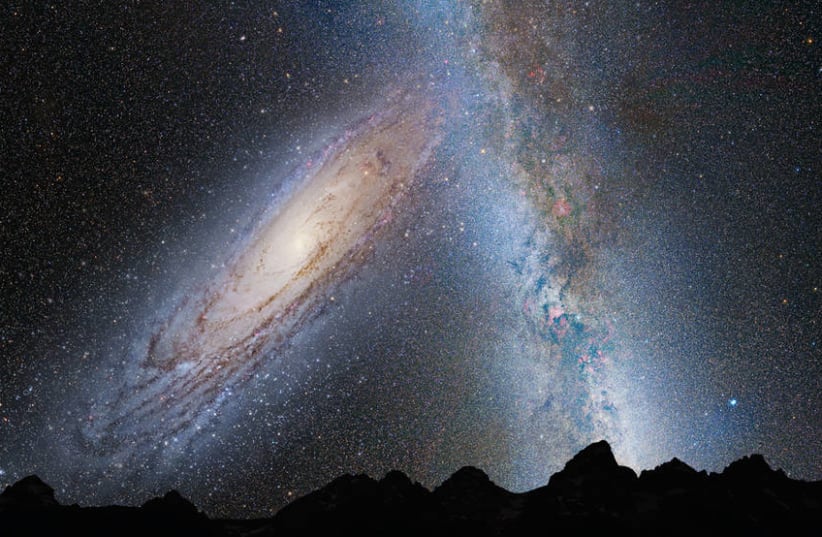Recent measurements conducted by a team of astronomers suggest that our understanding of the shape of the Milky Way galaxy may need to be revised.
"In spite of much work, the overall spiral structure morphology of the Milky Way remains somewhat uncertain. In the last two decades, accurate distance measurements have provided us with an opportunity to solve this issue," stated the team of astronomers in their peer-reviewed paper published in the Astrophysical Journal.
Over the years, astronomers have classified galaxies into three main shapes: elliptical, irregular and spiral. However, recent research indicates that our understanding of the shape of the Milky Way, a spiral galaxy, may need to be revised.
The traditional portrayal of the Milky Way depicted it as an outlier with four major arms extending from a central bulge. This peculiar shape raised questions and sparked curiosity about the unique properties that might have given rise to such an atypical structure.
The revelation challenging this traditional portrayal emerged from a comprehensive analysis conducted by a team of astronomers affiliated with the Chinese Academy of Sciences.


Analyzing multiple sources of astronomical data
Their study, which underwent a rigorous process, sought to unravel the true shape of our galaxy by analyzing multiple sources of astronomical data.
By utilizing advanced space instruments capable of accurately measuring the distances to individual stars, the researchers were able to construct a more accurate map of the Milky Way.
The team incorporated data from the European Space Agency's Gaia space telescope, renowned for its precision in observing the movement and locations of stars in relation to Earth.
"Our galaxy has a multiple-arm morphology that consists of two-arm symmetry. The Norma and Perseus Arms are likely the two symmetric arms in the inner Milky Way. As they extend from the inner galaxy to the outer parts, they bifurcate and connect to the Centaurus and Sagittarius Arms, respectively," the astronomers explained in their paper.
The study focused on analyzing hot and massive stars known as OB stars. These short-lived stars provided valuable insights into the structure of the Milky Way due to their limited movement during their main-sequence hydrogen-burning lifetime.
The team's analysis included data from approximately 24,000 OB stars, along with observations of over 1,000 open galactic clusters recorded by the Gaia spacecraft.
The new model suggests that the Milky Way is a barred spiral galaxy with two primary arms extending from a dense central bar. Furthermore, the outskirts of our galaxy harbor distant and fragmented irregular arms that do not connect to the central bulge where the majority of stars are concentrated.
This fragmentation of spiral arms could be attributed to past collisions with other galaxies or galactic clusters, revealing intriguing details about the Milky Way's ancient history.
The implications of this revised model are profound, providing astronomers with an alternative basis for future studies of galactic structure.
The team of astronomers stressed the importance of ongoing observations, including the calculation of distances from nearby radio sources using multiple telescopes, as well as further data from the Gaia spacecraft.
